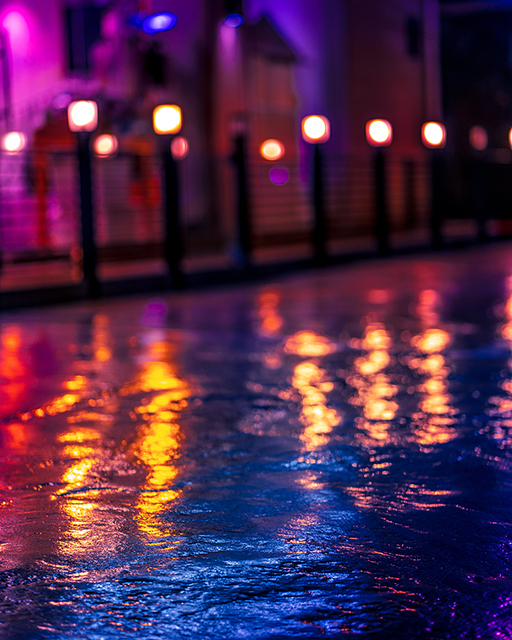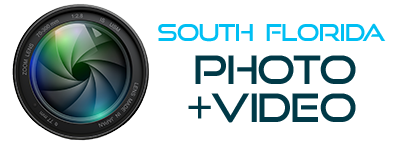Night Photography Tips

When the light levels go down from the bright sunny day, often times your camera will have a more difficult time getting the photos you desire for Night Photography. With a few basic tips though, you can capture images from dusk till dawn and achieve great results.
As light levels go down, the shutter naturally slows down as well in order to allow the camera to record the dimmer light for Night Photography. Some cameras are more sensitive to light than others, so if low light photography is your passion, it is worth looking into models that do a better job in the nocturnal environment.
Lenses as well can make a big difference in the amount of light your camera receives through the lens. The typical kit lens that comes with many consumer cameras is infamous for not allowing a great deal of light through the lens. Good for bright sunny days…not so good otherwise. Look for a lens that has a lower aperture (f/1.8, 1.4, etc.) and that by itself will improve the light transmission through the lens by 300 or 400%. The downside is that the lower the aperture number, the higher the price as the lenses are engineered better to allow more light through the lens. They also typically though will have better glass and thus produce sharper photos. It’s more about the lens than the camera body when it comes to sharpness in most cases.

Here are some quick tips that will vastly improve your night photography. A sturdy tripod helps to keep your camera still during longer exposures. They come in all shapes and sizes, carbon fiber being the lightest (and best in cold environments as they don’t freeze like aluminum). The advantage of slower shutter speeds will be seen immediately as they can record delicate colors that you won’t get with a faster shutter speed. The downside is that if your subject is moving, the photos will be blurry. Once you get down to around 1/50 or slower, a tripod is a mush unless you have a very good technique and steady hand which allows you to go a bit slower. Images stabilizers are built into some lenses and that can allow you to shoot at a slightly slower shutter speed, but nothing will replace a good tripod.
Focusing can be difficult in lower light levels, so it often helps to switch to manual focus. Most cameras need light and contrast to focus and contrast comes from light, so the lower the light, the more difficult it is to focus. Many flashes (and accessories) have infrared focusers which can be a big help as they allow the camera to focus in very low light. The focus assist on your camera will work as well, just a bit distracting as it flashes a bright light at the subject. Probably not the best idea if your photographing animals at night or subjects that you don’t want to know you’re shooting.
Keeping your iso as low as possible to reduce grain is great, but in very low light you may have to raise it quite a bit. There are some cameras that will process the noise from the high iso better, so add that to your wish list for your next camera if it’s important to you.
Shooting in Raw can help as well since the dynamic range (how well the camera can see light and dark) is wider that when shooting with jpg. Also processing images will be more flexible as raw stores much more information in the image that your photo editor can use.
By following the above guidelines you can vastly increase your opportunities to get great photos in low light. Practice makes perfect, so grab your tripod get out and see just how far you can go with your camera in different scenarios. You may be surprised just how beautiful the night can be.
We can help you with tips on how to improve your Night Photography. Contact Us Today.
